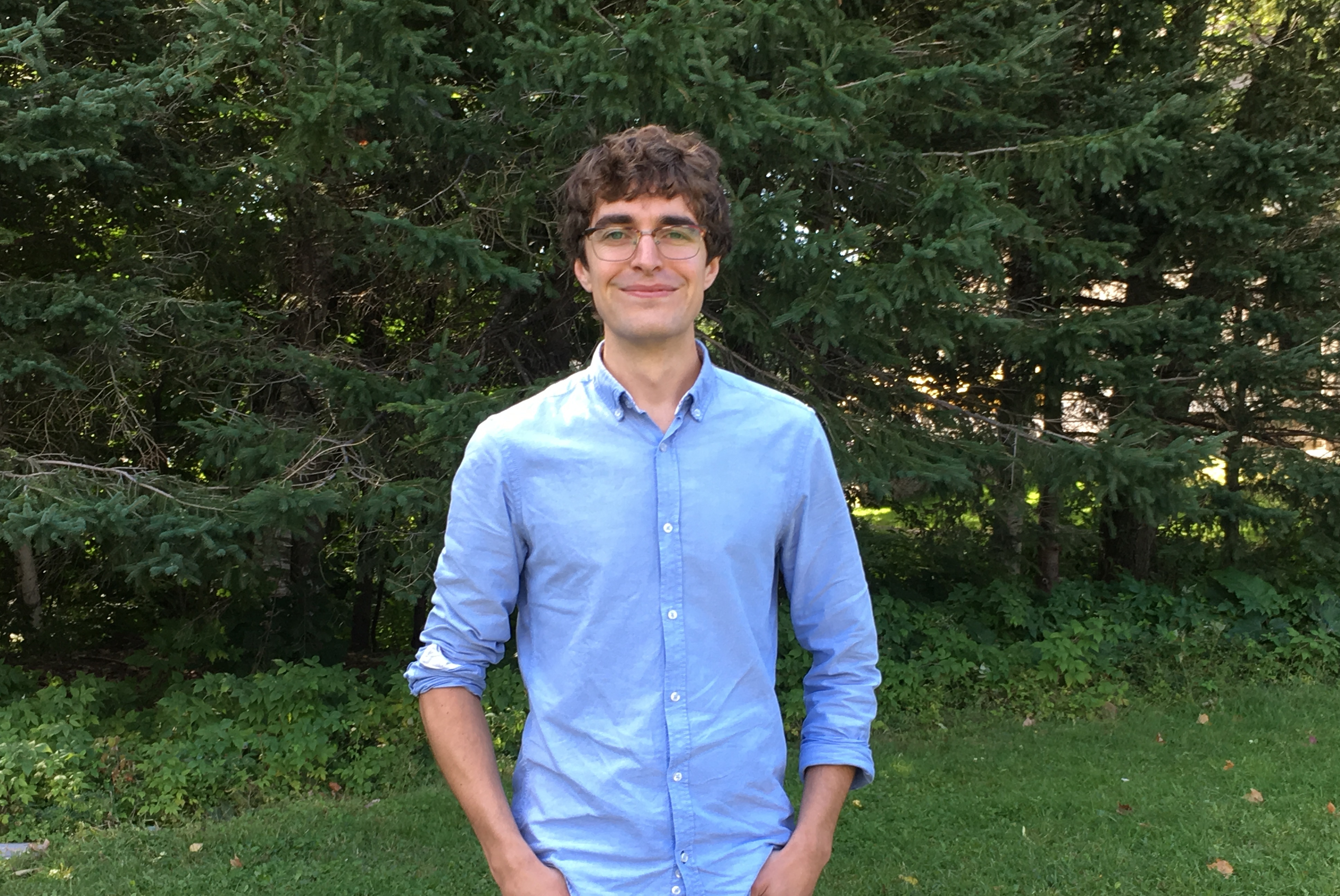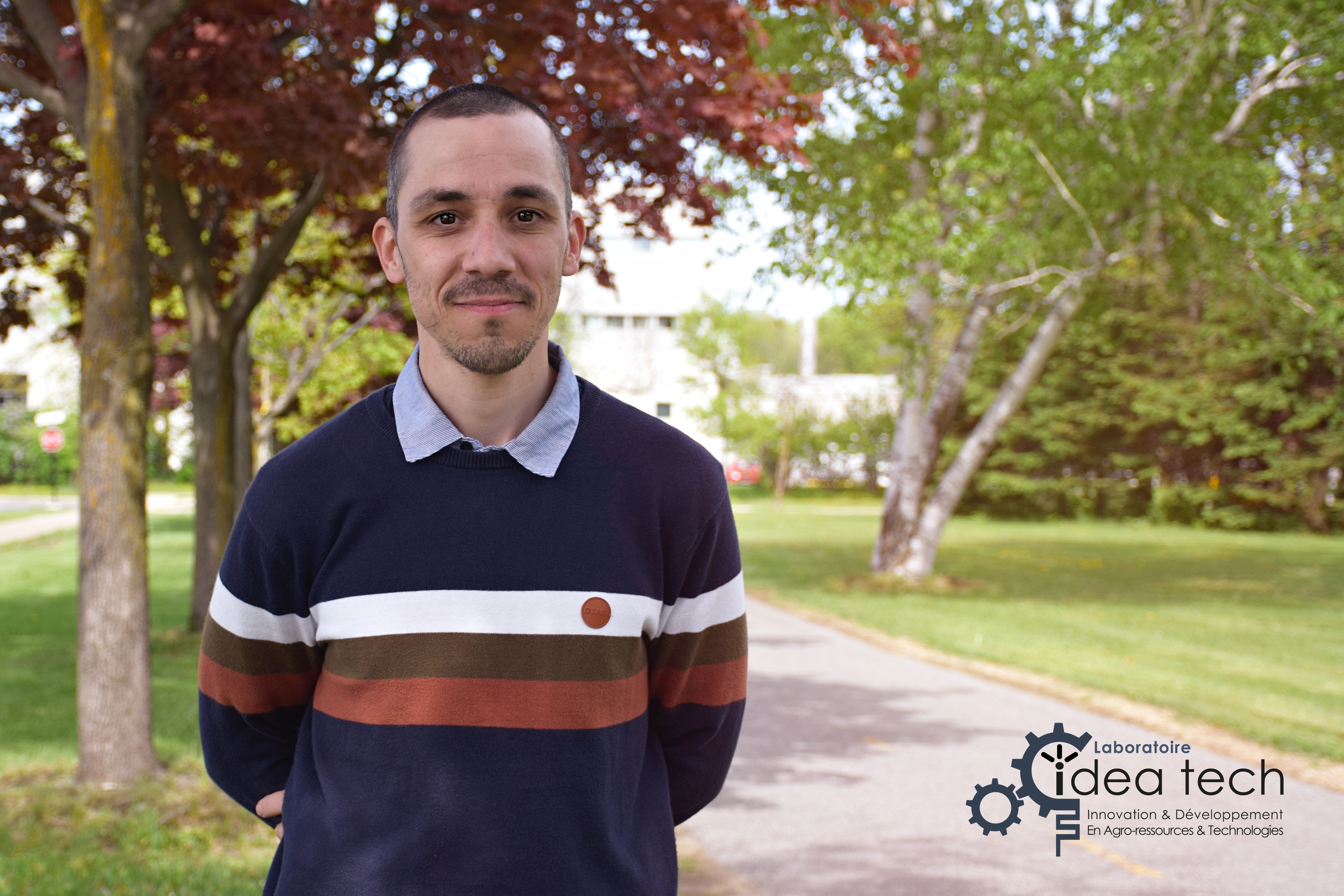Publications
- Année de publication : 2020-03-04
Référence
M. Giarratano, P. Duffuler, J. Chamberland, G. Brisson, J. D. House, Y. Pouliot, A. Doyen. 2020. Combination of high hydrostatic pressure and ultrafiltration to generate a new emulsifying ingredient from egg yolk. Molecules, 25, 1184.
Information Complémentaire
Lien vers l'article : https://www.mdpi.com/1420-3049/25/5/1184
Mot(s) Clé(s)
Phosvitine Hautes pressions hydrostatiques Granule/Plasma Ultrafiltration Jaune d'oeuf
Résumé
Egg yolk granule phosvitin (45 kDa) is a phosphoprotein known for its emulsifying properties. Recently, high hydrostatic pressure (HHP) treatment of granule induced the transfer of phosvitin to the soluble plasma fraction. This project evaluated the performance of the ultrafiltration (UF) used to concentrate phosvitin from the plasma fraction to produce a natural emulsifier. Phosvitin was characterized in plasma from a pressure-treated granule (1.73±0.07% w/w) and in its UF retentate (26.00±4.12% w/w). The emulsifying properties of both retentates were evaluated. The emulsion prepared with phosvitin-enriched retentate was more resistant to flocculation and creaming. Confocal laser scanning microscopy showed a network of aggregated protein similar to a gel, which encapsulated oil droplets in emulsions made with UF-retentate of plasma from pressure-treated granule. However, although sodium dodecyl sulfate-polyacrylamide gel electrophoresis (SDS-PAGE) showed that β-phosvitin is recovered in the cream, it is difficult to attribute the improved emulsifying properties of the UF-retentate of plasma from pressure-treated granules only to phosvitin.




